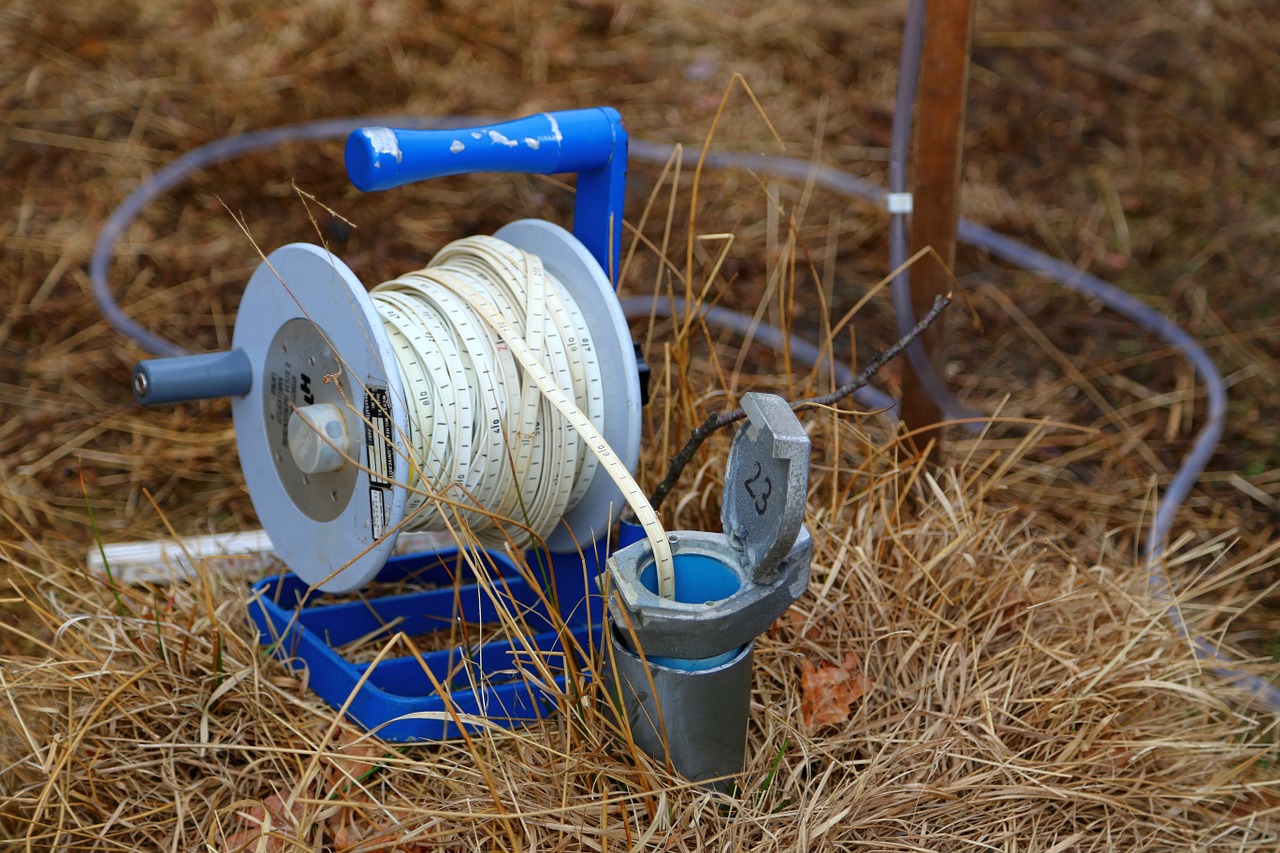By Judy Corbett.
Experts expect more drought and flood cycles to be common occurrences in the future. To adapt to this new reality, California needs to store water during wet years so that it is available during periods of drought.
California has dramatically more storage capacity in underground aquifers than is available in surface-level facilities. Further, natural groundwater recharge and storage is comparatively inexpensive, amounting to about one-sixth the cost of other options.
Sadly the natural recharge of groundwater has over the past century been disrupted by local land use decisions. We have built on and paved over our natural landscapes, drained agricultural lands, filled in wetlands, and channelized our rivers, resulting in the loss of untold acre feet of water that otherwise would have been stored underground.
This happened without local jurisdictions (as well as the State and federal governments) even being aware of the water shortage problem that would eventually emerge. While the State requires cities and counties to adopt general plans that define where and how they will grow, general plan law does not reference identification and possible preservation of land well suited to natural groundwater recharge.
Meanwhile, without land available to absorb stormwater and urban runoff, floods became an increasing problem. Local flood control districts were established to reduce flood risks, but their solutions were primarily engineering ones – dams, storm drains, channelized rivers and levees. Because these flood control measures keep “unwanted water” away from the land, aquifer recharge has been further stunted. Today, groundwater reserves are reduced to the point that the shallow wells serving some low-income communities are running dry.
Last year, the California Economic Summit, in partnership with the University of California’s Division of Agriculture and Natural Resources, brought together 25 innovative land use decision makers and 25 water experts to determine how they might better work together to address groundwater depletion. Their conclusion: Land use and water supply entities should also reach out to flood control agencies to jointly identify and preserve lands for the dual purpose of recharging groundwater recharge while providing flood protection.
Recently UC researchers have identified a new approach to flood management, one that also sends water to the aquifer. Scientific American identified their work as one of the 10 best ideas that will change the world.
Orchards have been identified where soils and underground hydrogeology quickly deliver water to the aquifer. Fruit trees have also been studied to find those that can tolerate standing water. UC Davis Professor Graham Fogg has mapped locations throughout the state where the proper conditions exist. He concludes that if every appropriate site were to hold rather than drain stormwater, an additional three million acre feet a year could be added to the aquifer. Researchers at UC Santa Cruz are testing this proposition and their first year has produced promising results.
In the Fresno region, soil types and hydrogeology is homogenous so the objective is to preserve as much open space as possible. The city’s new general plan requires that half of all new development be restricted to already developed areas with a future objective of 100 percent infill. The Fresno Utility District maintains three spreading ponds for groundwater recharge with 35 more planned for the future.
In 2014, dramatically decreasing groundwater supplies led to legislation to address the crisis, and the Sustainable Groundwater Management Act (SGMA) was signed by the Governor. Over time, SGMA agencies are required to develop a plan for groundwater sustainability. They will find that land use, flood control and water agency cooperation will be required to achieve this goal.
In October, in a second convening by UC Ag and Natural Resources and the California Economic Summit, 77 innovative land use decision makers, water districts, flood management districts, university researchers, and state officials developed a series of recommendations for breaking the silos.
Some of those recommendations will be further explored during the 2017 Economic Summit in San Diego on November 2-3. Leaders at the Summit will seek to improve alignment between housing, water, transportation, and community design across the state. Registration and program information can be found on the 2017 Summit Registration page.
[divider] [/divider]
Originally posted at CA Economic Blog.
Judy Corbett is the retired executive director of the Local Government Commission and a leader in the Summit’s working landscapes action team.





